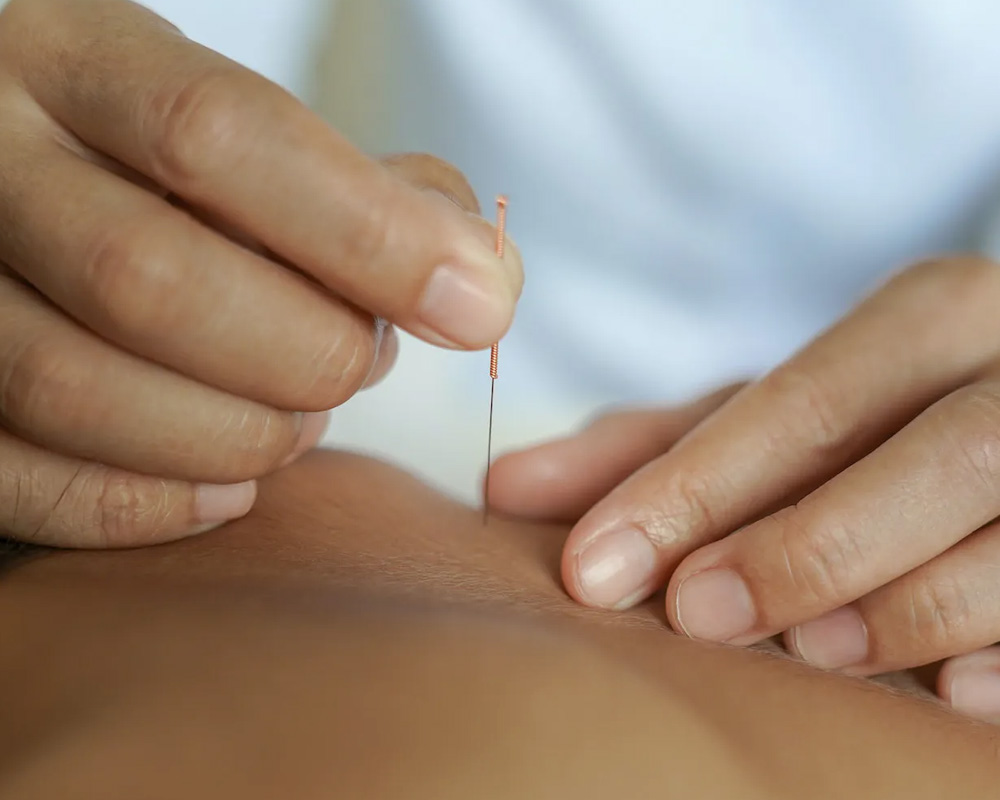
Dry Needling
Dry needling is a technique used by trained physiotherapists that targets myofascial trigger points, which are knots or areas of hyperirritable muscles. The needles used in dry needling are thin and do not inject any substances (hence the term “dry”), unlike acupuncture. The purpose of dry needling is to stimulate the trigger points, promote muscle relaxation, improve blood flow, and release tight bands of muscle fibres.
Dry Needling Benefits
Pain Relief
Dry needling can help alleviate acute and chronic pain by targeting trigger points that are contributing to muscle tightness and discomfort. It promotes the release of endorphins, the body’s natural pain-relieving chemicals, providing relief from muscle-related pain.
Muscle Relaxation
The insertion of needles into trigger points helps relax overactive muscles, reducing muscle tension and promoting improved flexibility and range of motion. This can be particularly beneficial for individuals with muscle stiffness or spasms.
Improved Blood Flow
Dry needling promotes vasodilation, which increases blood circulation to the treated area. Improved blood flow brings essential nutrients and oxygen to the muscles, aiding in the healing process and reducing inflammation.
Enhanced Muscle Function
By releasing trigger points and reducing muscle tension, dry needling can improve muscle function, coordination, and overall performance. This is especially valuable for athletes or individuals seeking to optimise their physical abilities.

Consultation Process.
Begin your recovery journey with a comprehensive 45-minute initial assessment. We recognise the importance of a thorough understanding of your injury and dedicate the necessary time to conduct a meticulous evaluation
1.
Assessment
The physiotherapist evaluates the patient’s condition, identifies trigger points, and determines the most appropriate areas for needle insertion.
2.
Needle Insertion
Fine needles are inserted into the identified trigger points or tight muscle bands.
3.
Monitoring and Evaluation
The physiotherapist carefully monitors the patient’s response to the treatment, adjusts the needle placement as necessary, and evaluates the overall progress.
4.
Post-Treatment Care
After the session, the physiotherapist may recommend specific exercises, stretches, or self-care techniques.

